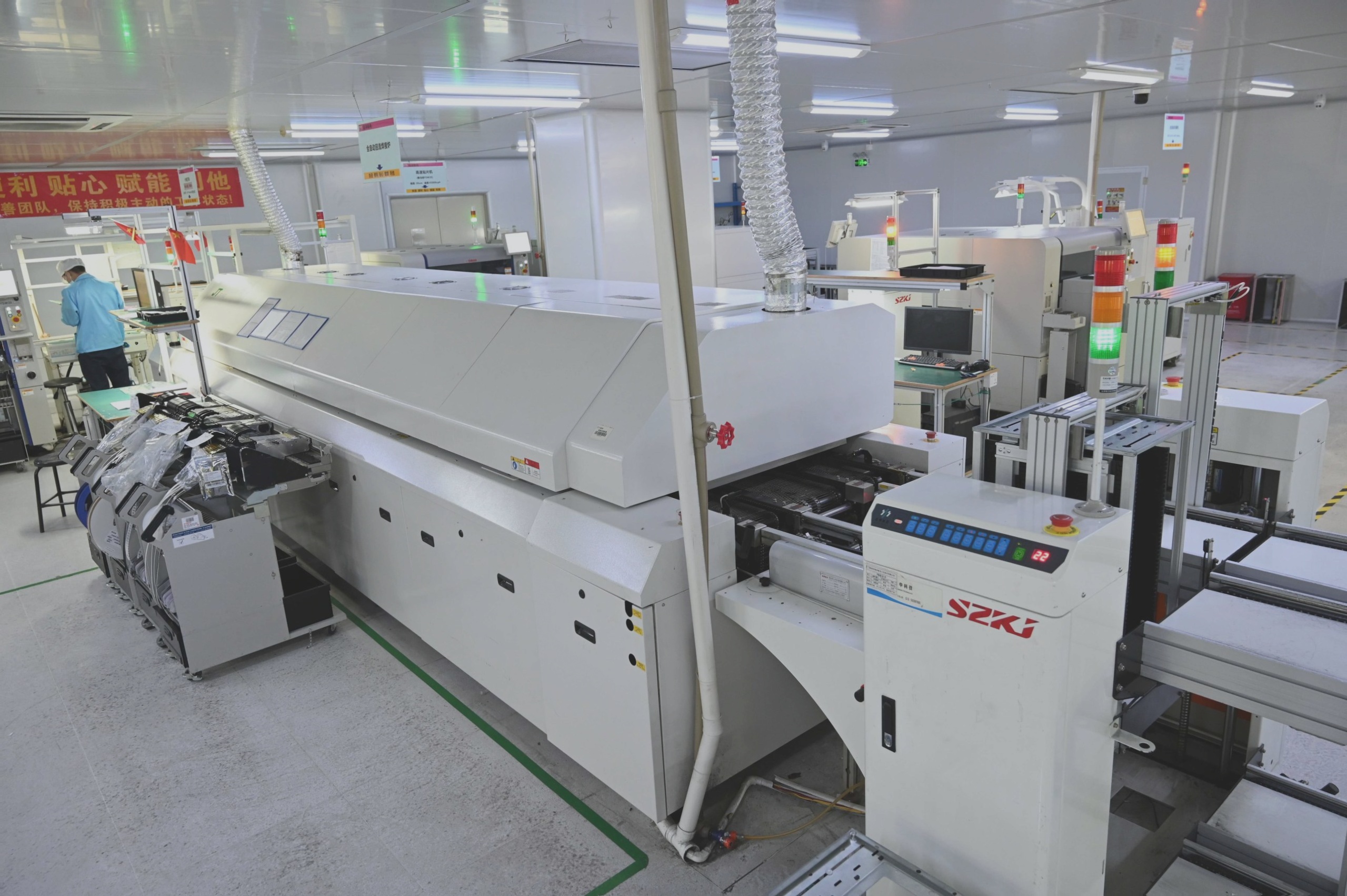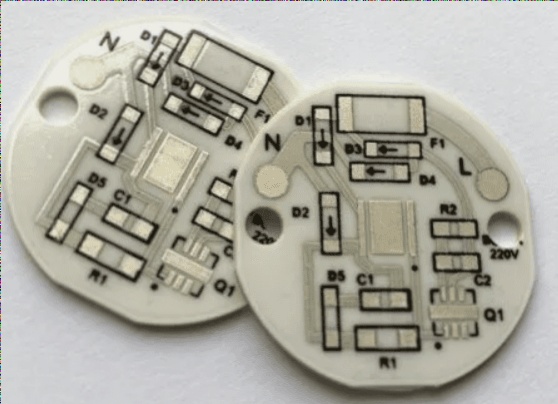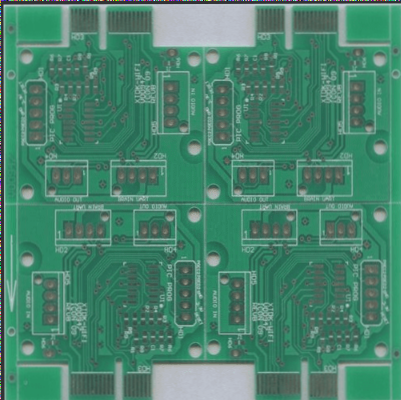A Comprehensive Guide to Selecting the Best Materials for Your PCB
Composition of PCB Materials
- When it comes to PCB assembly, the composition of the material is crucial.
- The bottom layer, known as the ‘substrate’, is typically made of resin or glass epoxy, providing a sturdy base for the PCB.
- Choosing fire-retardant materials for the substrate ensures safety and durability.
- Quality copper layers are essential, offering heat resistance and a low dielectric constant.
Consider the Thickness
- Standard 1.6mm thickness is common for four-layer PCBs, providing ample support for connected devices.
- Thicker boards offer increased support and lower the risk of failures, especially for heavy appliances.
Importance of Solder Resist Ink
- Solder resist ink, often in brown or green, is vital for leak-proofing liquid solder on the PCB.
- Choosing PCBs with solder resist ink helps protect against oxidation and solder bridges, ensuring component placement accuracy.
Next time you’re in the market for a PCB, remember to prioritize these factors. For top-quality PCBs, check out WellCircuits Electronics.




